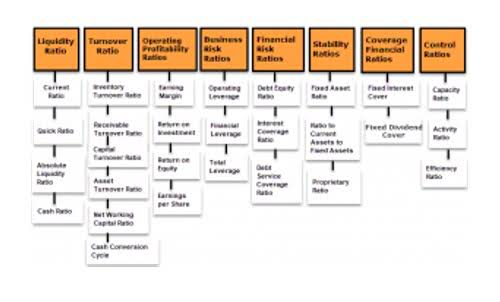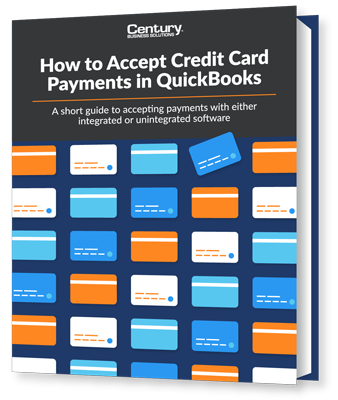This post will give a more accurate breakdown of the different types of TINs and their distinct functions. For instance, an individual could acquire a new SSN as a end result of identity theft. Companies can also get a brand new EIN in the occasion that they endure vital adjustments, similar to incorporation.
Assume of the TIN as a key that unlocks essential monetary companies. Governments worldwide use these numbers to keep tax methods organized and guarantee everyone pays their fair proportion. Whether you’re a person filing taxes or a business managing payroll, a TIN is commonly vital. Understanding what a TIN is and how it works is the primary step to staying on prime of your finances and assembly legal necessities.
The Person Taxpayer Identification Quantity (ITIN) is designed for individuals who want a U.S. taxpayer identification quantity but aren’t eligible for an SSN. To get an ITIN, you should full IRS Type W-7, substantiating foreign/alien standing and true identity. His SSN ensures that his tax funds are accurately credited to his account and that he receives any eligible refunds. It additionally reduces the chance of fraud, similar to id theft or improper tax claims.
The Individual Taxpayer Identification Number (ITIN) software course of begins with finishing Form W-7. You must additionally provide authentic paperwork, similar to your passport, that show your id and foreign status. These can be submitted to the IRS instantly or via an authorized Acceptance Agent.
- You want an ITIN if you’re required to file a US tax return however don’t qualify for an SSN.
- Quantities underneath this threshold must be reported as earnings by the TIN holder however do not require a 1099 kind.
- OneMoneyWay is your passport to seamless global payments, safe transfers, and limitless alternatives for your companies success.
- Understanding your Tax Identification Number (TIN) is crucial for people and businesses, as it plays a key function in tax reporting and compliance.
- Amended returns can take weeks to course of, so immediate action is suggested.
The Employer Identification Quantity (EIN) is assigned by the IRS to companies, trusts, estates, and people filing separate tax returns for business activities. Additionally referred to as a Federal Tax Identification Quantity, the EIN facilitates reporting of monetary transactions, together with payroll taxes and revenue tax returns. Businesses must guarantee their EIN is precisely stated on all tax paperwork to avoid errors and delays. Past tax filings, the EIN is required for opening enterprise bank accounts and applying for licenses.
Your bank accounts are tracked and financial transactions are recorded using what is a tin for taxes your TIN. A TIN ensures the safety and accuracy of your banking transactions. Banks use your TIN to verify your identification and track your financial transactions. During the application course of, you should submit identification paperwork, corresponding to a passport, delivery certificate, and different needed documents to verify your identity and tax obligations. Understanding the intricacies of Tax Identification Numbers (TIN) is essential for both individuals and businesses. This comprehensive guide aims to offer detailed information on what a TIN is, its types, how to obtain one, and its importance within the Usa.
Maria, a non-resident alien working in the U.S. https://www.kelleysbookkeeping.com/, applies for an ITIN to file her U.S. tax return. The ITIN permits her to adjust to U.S. tax legal guidelines and avoid penalties for non-compliance. By verifying TINs, you preserve compliance and safeguard monetary knowledge.
This system streamlines verifying tax returns, enabling the IRS to validate every particular person or entity’s compliance while simplifying cross-checks with native or state businesses. A TIN simplifies the tax reporting process by offering a singular identifier for every taxpayer. This ensures correct and environment friendly processing of tax returns, funds, and refunds. An Employer Identification Number (EIN) is assigned to companies and sure other entities.







